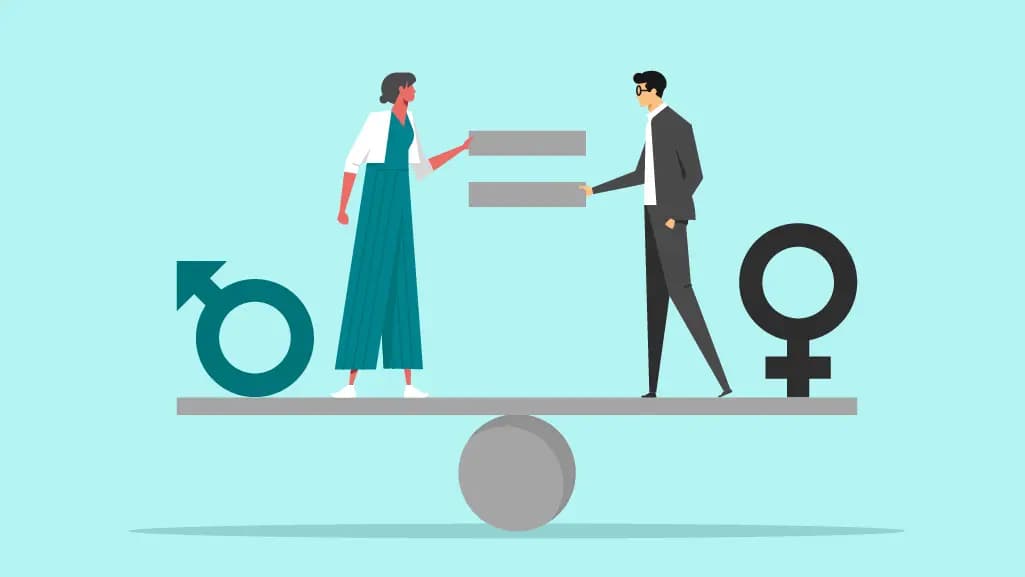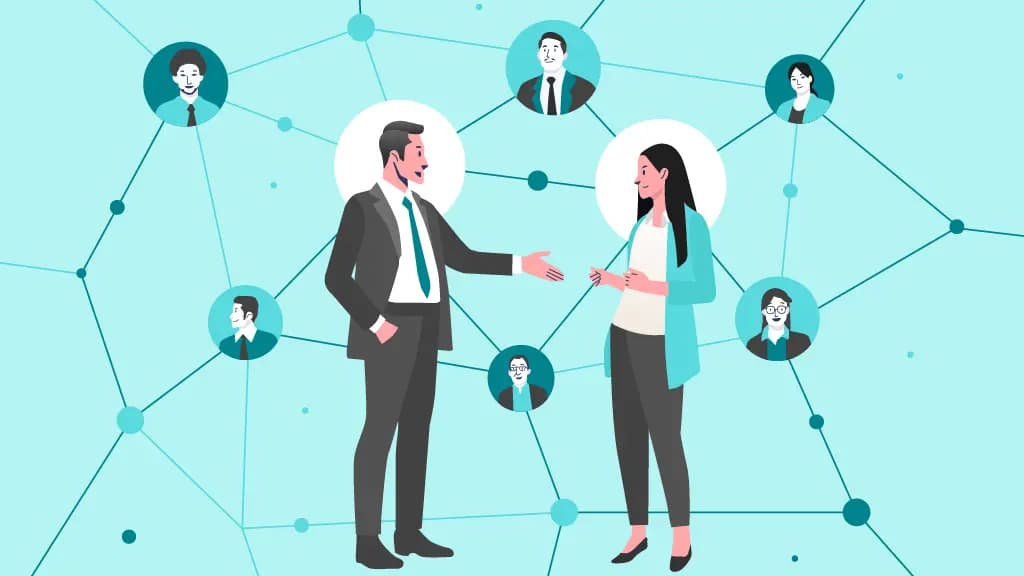4 Proactive Ways Recognition Prevents Gender Discrimination in the Workplace

Team AdvantageClub.ai
July 16, 2025

On the surface, reward systems might seem fair. After all, they’re designed to motivate and celebrate. But if we’re not careful, they can mirror the very biases they should be fixing. The upside? Companies today have the chance and the right tools to do better. With platforms like AdvantageClub.ai, it’s possible to design recognition that’s not just equal but actively fair. Recognition that makes everyone feel seen and valued every step of the way.
The Hidden Bias in Traditional Recognition Programs
Take a closer look at how various programs operate, including peer nominations, employee life cycle, manager shoutouts, and top-performer lists. While they may seem well-meaning, they often reward visibility over actual impact, benefiting those who speak up more or fit familiar leadership styles.
- Gender-coded praise: Men are more likely to be applauded for leading or making tough calls. Women? Often praised for being supportive or kind.
- Participation gaps: If women or non-binary employees are less likely to put themselves forward or be put forward, they risk being overlooked.
- Favoritism patterns: Recognition often reflects who's in the inner circle. That means those outside of it, especially from underrepresented groups, don't always get their due.
How Smart Engagement Enables Proactive Prevention
1. Bias Detection in Recognition Patterns
Modern employee engagement tools can look across recognition activity and flag subtle patterns that might otherwise go unnoticed. These platforms can:
- Track who gets recognized and who's doing the recognizing
- Highlight gaps in recognition frequency across different genders
- Send alerts when specific trends hint that bias may be creeping in
2. Inclusive Nomination and Voting Processes
- Hiding names and other identifiers during nominations and voting
- Encouraging participation from all groups through gentle, timely prompts
- Spotting gaps in nomination patterns and addressing them early
3. Gender-Neutral Criteria and Transparent Metrics
- Setting clear, objective standards that apply equally to everyone
- Using consistent nomination formats to avoid stereotyped language
- Showing real-time recognition trends to leadership so they can step in early
4. Personalized, Equitable Recognition
- Letting people choose how they want to be appreciated, publicly, privately, with points, or a message
- Tracking how often recognition happens across different teams and demographics
Building Bias-Resistant Recognition Systems
1.Ensure Diverse, Representative Input
- Use datasets that reflect your full workforce, not just the majority.
- Involve people of all gender identities in shaping the platform and giving feedback.
2.Commit to Ongoing Audits
- Keep checking for gaps or shifts in recognition patterns.
- Update criteria and messaging based on what the data shows.
3.Implement Governance Structures
- Form cross-functional groups to review fairness and recognition trends.
- Use reports from your platform to guide leadership conversations about equity.
The Future: From Recognition to Systemic Equality
- Highlight valuable work that often goes unseen
- Raise the visibility of underrepresented employees and increase employee engagement.
- Make equity part of everyday culture, not just a DEI initiative
From Passive Rewards to Proactive Equity
With the right tools, like AdvantageClub.ai, companies can catch bias early, build fairer systems, and keep inclusion front and center. It’s not about doing it perfectly. It’s about doing it with intention.





